
Every angler has a dream. Whether it’s catching a certain species or traveling to an exotic location, there’s not a fisherman out there who doesn’t harbor some fishy fantasies they swear they’re going to do before they die. Unfortunately, many of these angling dreams often require dipping into the kid’s college fund or taking out a second mortgage on your home.
Giant trevally in the Seychelles may never be in reach for some of us. But, with a bit of planning and flexibility, there are plenty of world-class fishing destinations across the continent that will fulfill your dreams (or at least scratch the itch until you can get around to the big one). Budgeted out into seven-day expeditions, these are the perfect trips to get you off the couch, away from YouTube fantasies, and to start living your dreams.
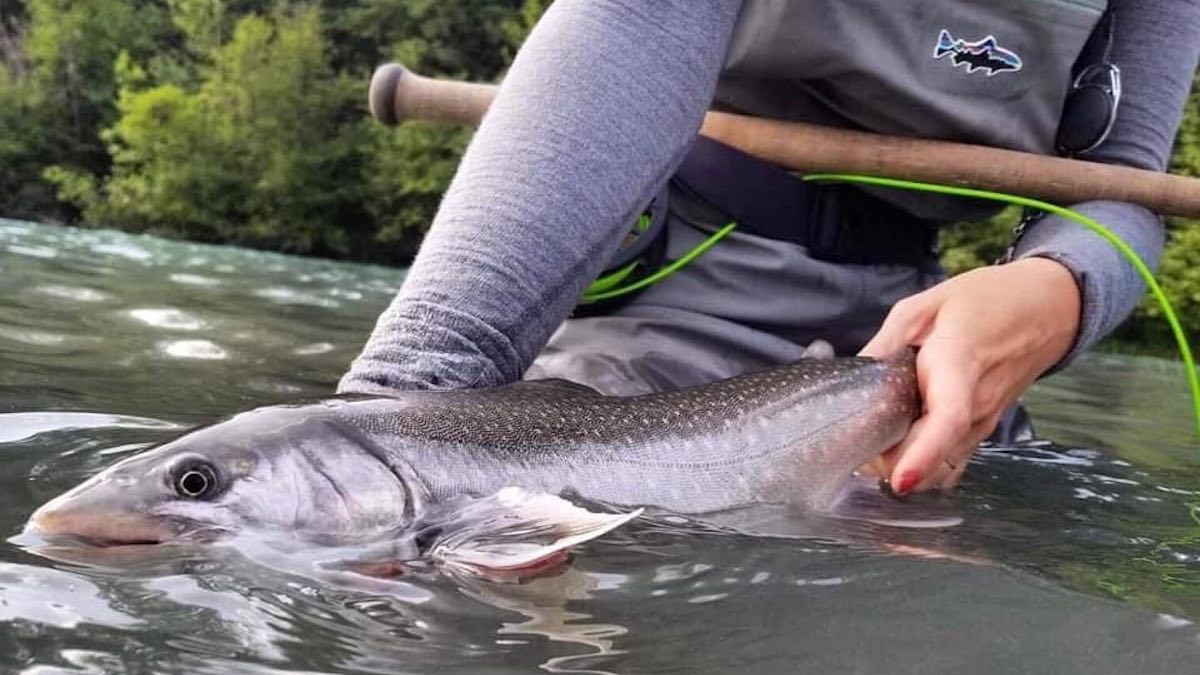
Adventure in Alaska: Giant Salmon and Trout on the Kenai Peninsula From the mountains to the bears to the fish–everything about Alaska is big–but that doesn’t mean your budget has to be in order to fish there. For the DIY angler, there’s no better place to have an affordable Alaskan adventure than the Kenai Peninsula. According to Jackie Bowman, owner and head guide of Cooper Landing Fishing Guide, the best fishing on the Kenai Peninsula is right along the main highway.
“The Sterling Highway follows Kenai Lake and the Kenai River for most of its length,” Bowman said. “On the Upper Kenai in Cooper Landing, there are lots of parking areas on public land along the river where you can easily park and walk in. The Russian River is well-known for its easy wading access to excellent sockeye and coho salmon fishing–no bushwhacking required. The first run of sockeye salmon from mid-June until early July is headed straight for the Russian River, which is only ankle- to knee-deep in most spots, making it easy to spot fish.”
Countless other streams and the mainstem of the Kenai can yield truly giant Chinook salmon and native rainbow trout, as well as the suit of other resident and anadromous species. There are plenty of camping areas and public-use cabins along the entire route, averaging around $15 to $20 per night. While you will have to rent a car for the adventure, apps like Turo can make that cheaper with most cars costing as little as $50 to $150 per day out of Anchorage. All told, with a seven-day Alaska fishing license, the trip can be done for $800 after flights.
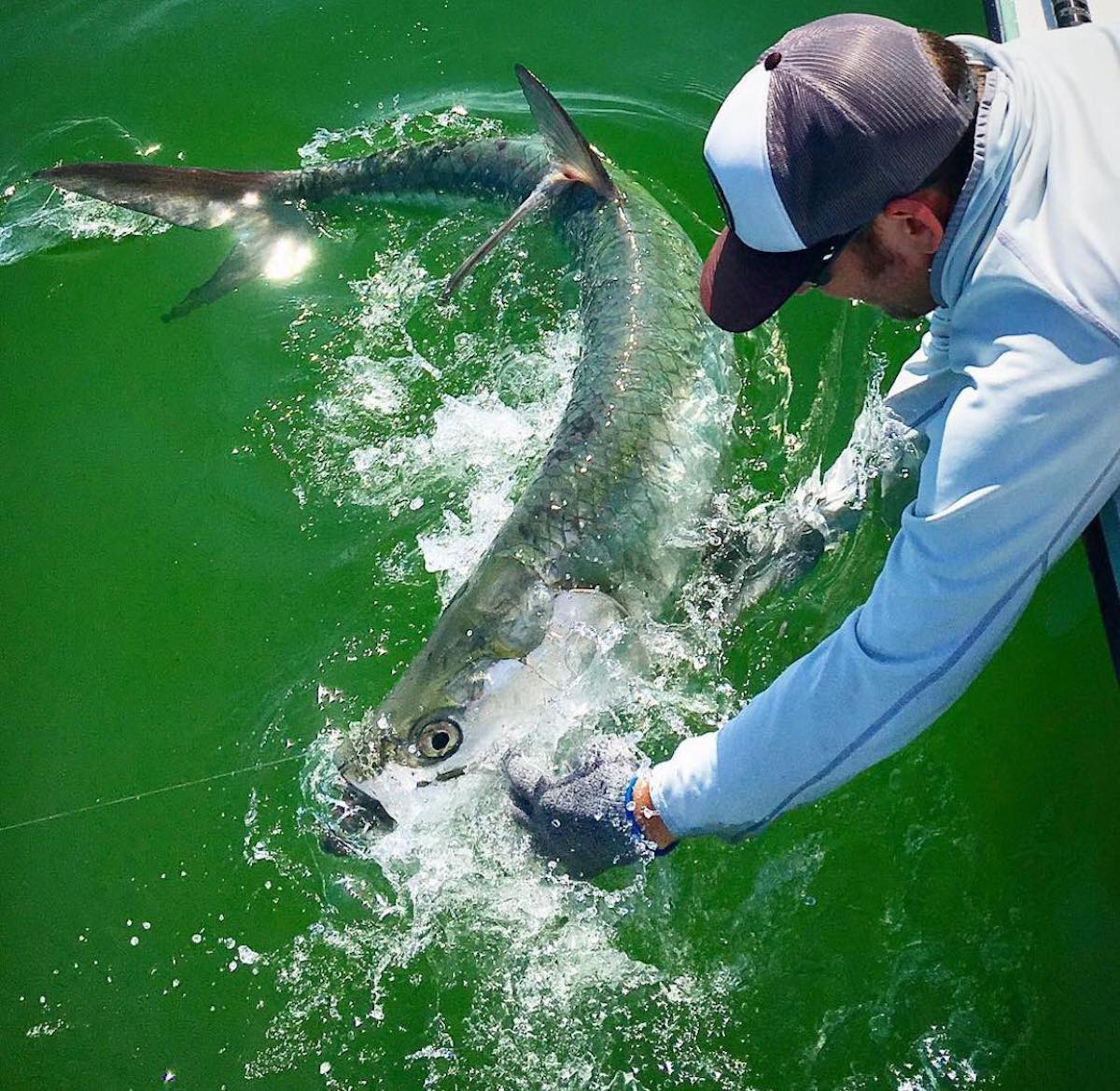
Battle the Silver King: Tarpon in Tampa Bay, Florida The promise of hooking a tarpon drives anglers to exotic destinations like Cuba and Costa Rica, spending thousands on plane tickets, lodges, and guides. While all these places are worth visiting someday, if you need to get your tarpon fix sooner rather than later and you need to do it on the cheap, there’s no better place than in the waters of Tampa Bay.
From May through July, tarpon storm the bay like an invading army, ranging in sizes from 60 to more than 200 pounds. The fishing can be hot and heavy, with anglers occasionally getting a dozen or more shots or hookups with fish on flies, lures, or bait. Though it’s not entirely necessary, your best bet at landing a tarpon is by hiring a local, inexpensive guide, usually costing between $300 to $500 per day. One such option is world-renowned fly angler and Tampa Bay guide, Brian Jill of Lost Coast Anglers.
“Tampa Bay offers an incredible opportunity to target big migratory tarpon and not break the bank doing so. It’s one of the easiest tarpon locations in the U.S. to travel to and try your chances at the silver king,” Jill said. While he recommends hiring a guide for targeting tarpon, Jill also said there is ample opportunity for DIY anglers to target other species.
“Come down for a week, spend a few days with a guide for tarpon, and then spend the rest of your time on the miles of public beaches chasing snook and other species like sea trout and redfish,” he said.
With numerous hotels in the area ranging from $65 to $200 a night and a seven-day fishing license going for $30, Tampa Bay can provide one of the most memorable saltwater fishing experiences of your life for under $1,500 once you get there.
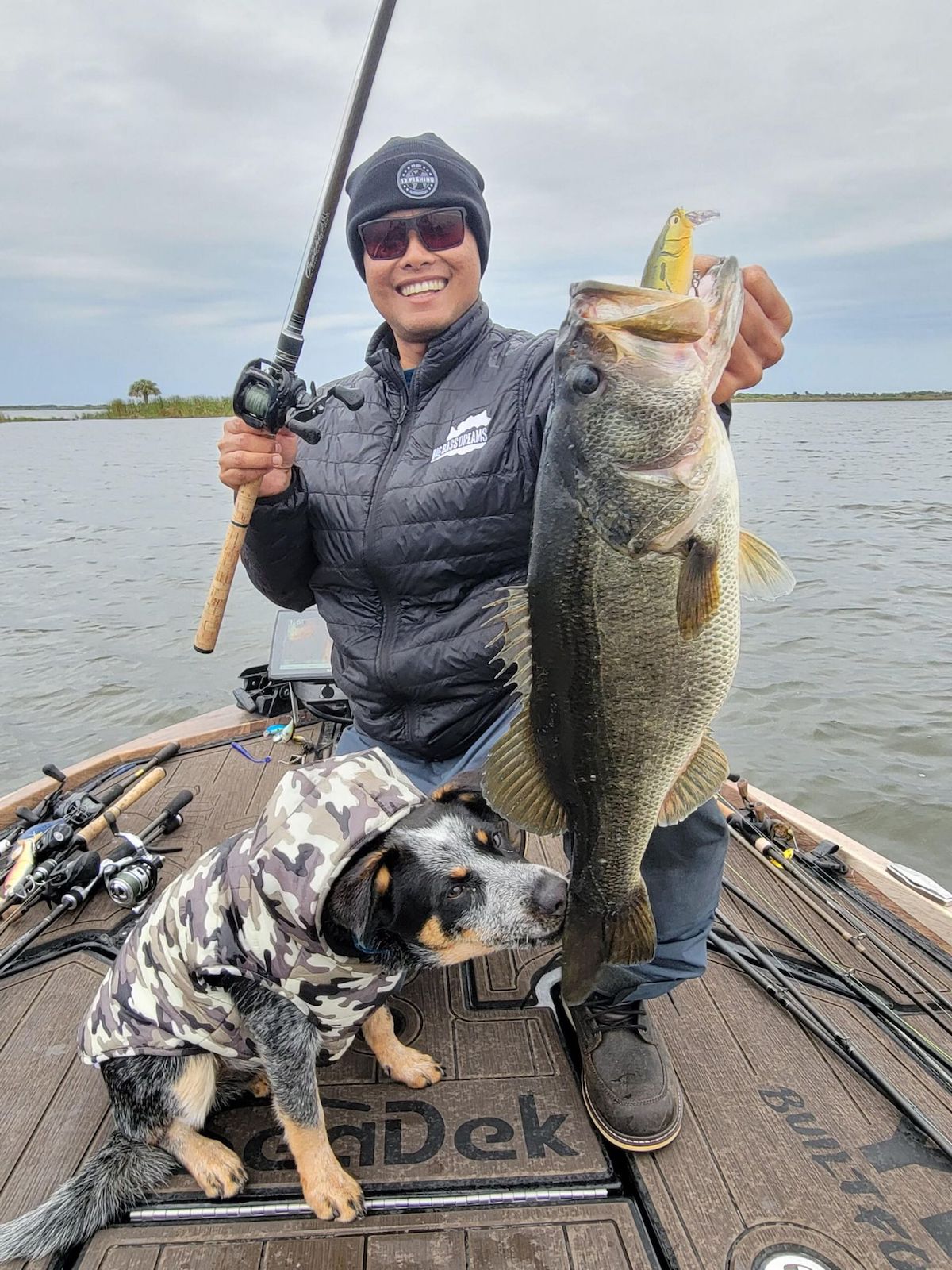
Become a Bassmaster: Largemouth in San Diego, California More than one angler has hauled a truckload of spinnerbaits, soft plastics, and crankbaits, to the Golden State with the hopes of breaking the double-digit mark with a bass. While that's a tall order in most of the country, it's very possible on some of the public big bass factories in the extreme southwest corner of the country.
“Almost every lake in the San Diego area has shore access or places to rent boats,” professional bass angler and MeatEater contributor Oliver Ngy said. “Whether you’re fishing Lower Otay, Lake Murray, or smaller lakes like Dickson, there are fish capable of hitting 25 pounds in every one of them.”
Oliver recommends most DIY anglers drive out or rent a car so they can move around to different lakes in search of the hot bite, which can vary depending on the time of year.
“Pre-spawn happens in mid to late February, and then after that most of the lakes fish pretty solid through the entire post-spawn,” Oliver said. “But on some lakes, the bass are going to be more active and you’ll get a great reaction bait bite when the water temp hits around 70 degrees. On good days you can catch 20 fish a day and on occasion, you can get into a fish in the high teens or even the low 20s.”
There are dozens of hotels in the San Diego area where rooms are available for under $100 and there’s a myriad of affordable campgrounds ranging between $18 to $40 a night, some right alongside good bass water. All told, with rental boat fees, a fishing license, and a hotel or campground, a DIY big bass venture to San Diego can cost as little as $600.

The Sport of Kings: Atlantic Salmon in Cape Breton, Nova Scotia Many anglers consider dry fly fishing for Atlantic salmon the holy grail of fly fishing. A fish of the aristocracy, in most places they are only available to anglers who can pay exorbitant prices to fish on private waters at extravagant lodges. However, there is one place where any fly angler with salmon aspirations can go and try their luck: Cape Breton Island, Nova Scotia.
Thanks to some brilliant and long-standing legislation, all waters in the province of Nova Scotia are open to the public. Avid salmon angler and a local guide for 30 years, Robert Chiasson of dryflysalmon.com believes Cape Breton is the perfect place for an angler on a budget to fulfill their Atlantic salmon dreams.
“We have big salmon returns, inexpensive licenses, and no angling fees. Basically for $63 ($49 USD), you come here for a week and fish anywhere on the river. There’s public access on all the private property, no posted properties here, and the landowners are all friendly and very welcoming,” Chiasson said. “We have one of the longest seasons for salmon, starting June 1 and running all the way through October. Because the fishing changes almost continuously throughout the season, and we don’t fish the same water every day, it’s best to hire a guide for a day or two who can at least send you in the right direction.”
With plenty of free and inexpensive camping around the island, guide services running around $300 per day, plus a license, you can make your Atlantic salmon dreams come true for right around $500, post-flight or drive.

Catch a Monster: Pike in the Adirondack Park, New York While there are many places anglers can find the giant pike they’re looking for, they often require expensive fly-in trips to places like Ontario and Saskatchewan. Yet for the intrepid DIY angler, some of the best and cheapest opportunities for a monster northern can be found right in the New York State.
Anglers can access some of the finest pike fishing in the country with just a canoe or small rowboat, which are available for rent in many areas. During the months of May and June, lots of fish reaching 40 to 50 inches crowd the weedy bays of lakes and rivers across Essex and Franklin counties in a hedonistic celebration of post-spawn gluttony. While there are plenty of options in the areas as far as bodies of water, your best bet for a truly giant pike are both the Upper and Lower Saranac Lake, Lake Flower, and Tupper Lake. All three are located along Route 3 running west from Lake Placid (another pike haven) and all three have many public access points and boat launches.
There are several hotels in Saranac which go for around $100 per night, dozens of campgrounds priced between $25 and $40 per night, and a plethora of free campsites and lean-tos along the route. With a seven-day license and boat rental, you can have a fantastic big pike adventure for around $400.
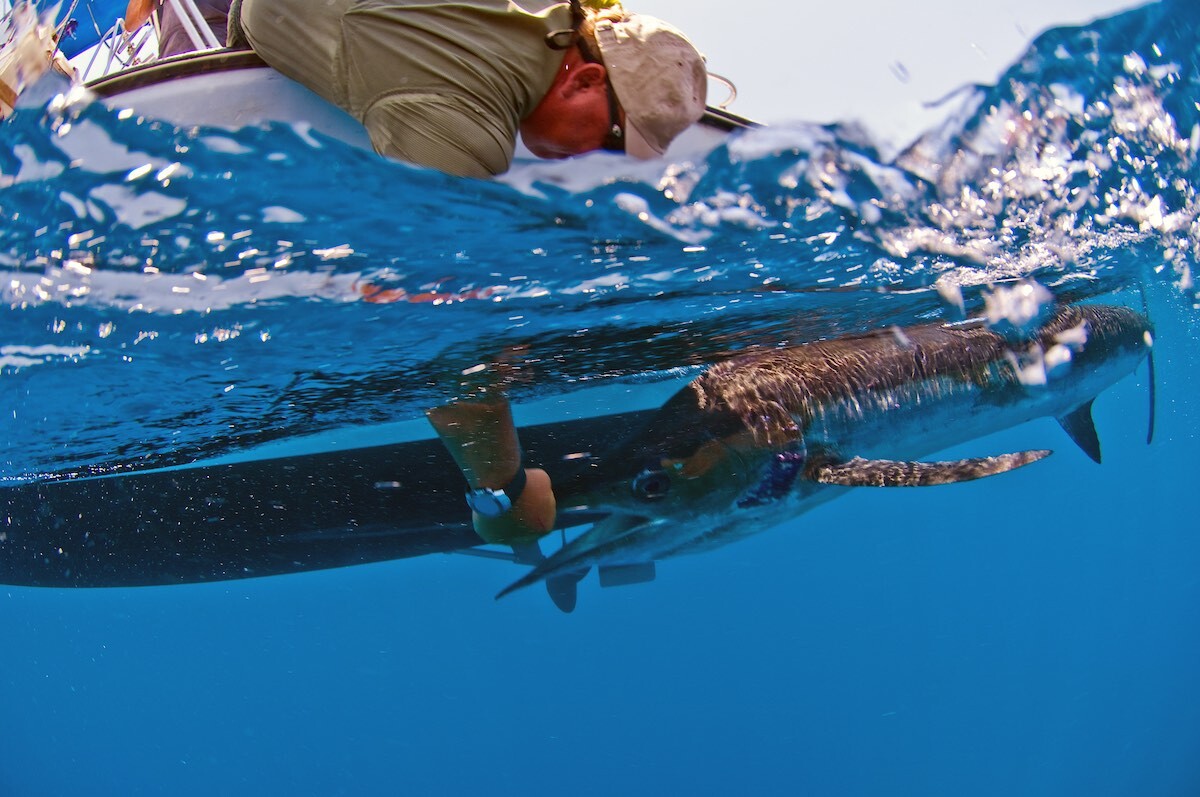
The Heart of The Sea: Marlin in Baja California, Mexico Few anglers have read Hemingway’s The Old Man and The Sea and not been inspired to head out onto the open ocean and test their will against a marlin. While there are a lot of beautiful and exotic places to try marlin fishing, the best bang for your buck has got to be Cabo San Lucas, Mexico, the marlin fishing capital of the world.
What separates Cabo from all the other marlin fishing destinations is the number of fish. The consistent water temperatures, deep water structure, and abundant baitfish make it perfect marlin territory, depending on timing. Striped, black, and blue marlin return there and can be caught many months of the year. With so many fish, Cabo is home to hundreds of marlin charters and captains, some of whom will take you out for as little as $300. However, in marlin fishing, you get what you pay for, so it’s worth spending a bit more to guarantee yourself a shot at the fish. But according to Jim Korphinski, owner of Blue-Sky Cabo Fishing Charters, there’s some wiggle room.
“You need to spend a bit of money, but most boat captains in the area are flexible and can adjust your charter to your budget,” Korphinski said. “For $5,000 or $6,000 we can go out and catch 10 marlin or more in a day, but if you only have $1,000 we can still go out and catch three or four. It generally goes down the scale from there.”
Marlin fishing is expensive wherever you go, but local guides with smaller boats can get you into fish for surprisingly low rates in Mexico. With hotels costing as little as $30 a night and licenses costing only $20, you can spend seven days in Cabo with a shot at a marlin every day for between $1,000 and $2,000 once you make the international flight.
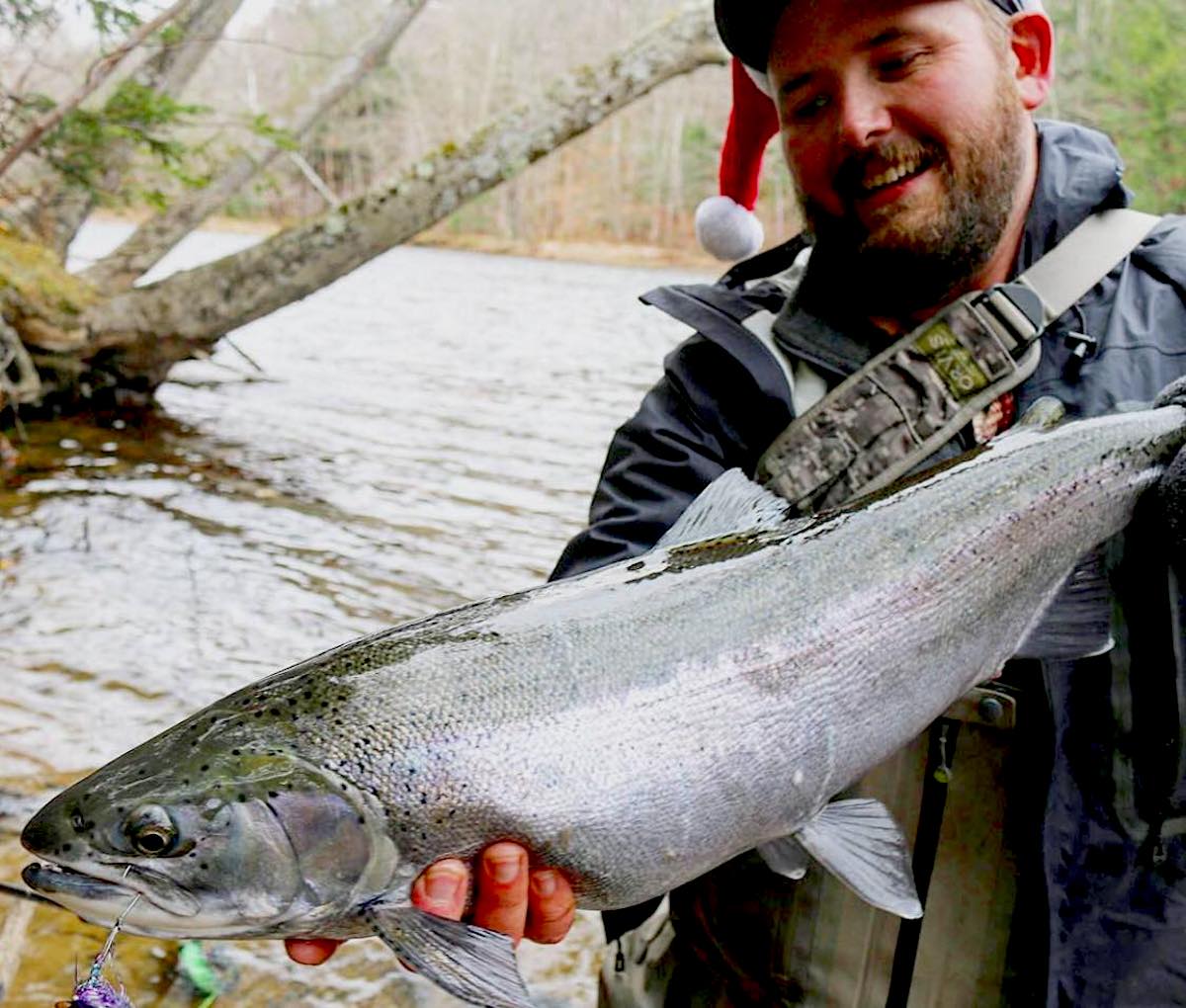
Metal Dreams: Monster Rainbows and Browns in Pulaski, New York Say what you want about whether the fish of the Great Lakes are real steelhead or not. Having fished for both the West Coast steelhead and their Great Lakes cousins, I’ve got to say that the adfluvial rainbows of Pulaski are as close to the real thing as you’re going to find. What’s more, unlike on the West Coast, the fantastic hatchery program and a significant amount of wild spawning in Pulaski yield an incredibly high number of fish from November to May, virtually guaranteeing you’ll have a shot at some chrome. And, if you don't, you might just run into the brown trout of your life instead.
Though there are a few options, the best bet for the DIY angler is in the Salmon River, which flows from the town of Altmar and through Pulaski before dumping into Lake Ontario. By following Route 13, which runs beside the river along its length, you’ll find plenty of public parking areas around famous pools where you can fish. With a few pointers from the local tackle shops, the Salmon River is an easy enough river to figure out. MeatEater Senior Fishing Editor Joe Cermele believes the biggest reason this area is ideal for the steelhead angler on a budget is because it’s so easily customizable.
“The coolest thing about Pulaski is you can make a visit anything you want it to be,” Joe said. “Like to sit on a leather couch by a roaring fire drinking Scotch after catching steelhead? There are plenty of fine lodges. On a Burger King budget? There are plenty of smaller family-owned motels that won't break the bank. On a ramen-noodle-in-the-microwave budget? Try the Super 8. Over the years, I've stayed in all these places, and to be honest, I've always had a better time piled into a cheap rental cabin with a few buddies than having to put on clean pants to go to dinner in the ritzy joints.”
With a ton of possibilities for lodging in Pulaski that range from $25 campgrounds to $300 lodges, how much you spend in Pulaski is up to you. But if you’re on the thrifty side, you could get in a full week there for as little as $400.
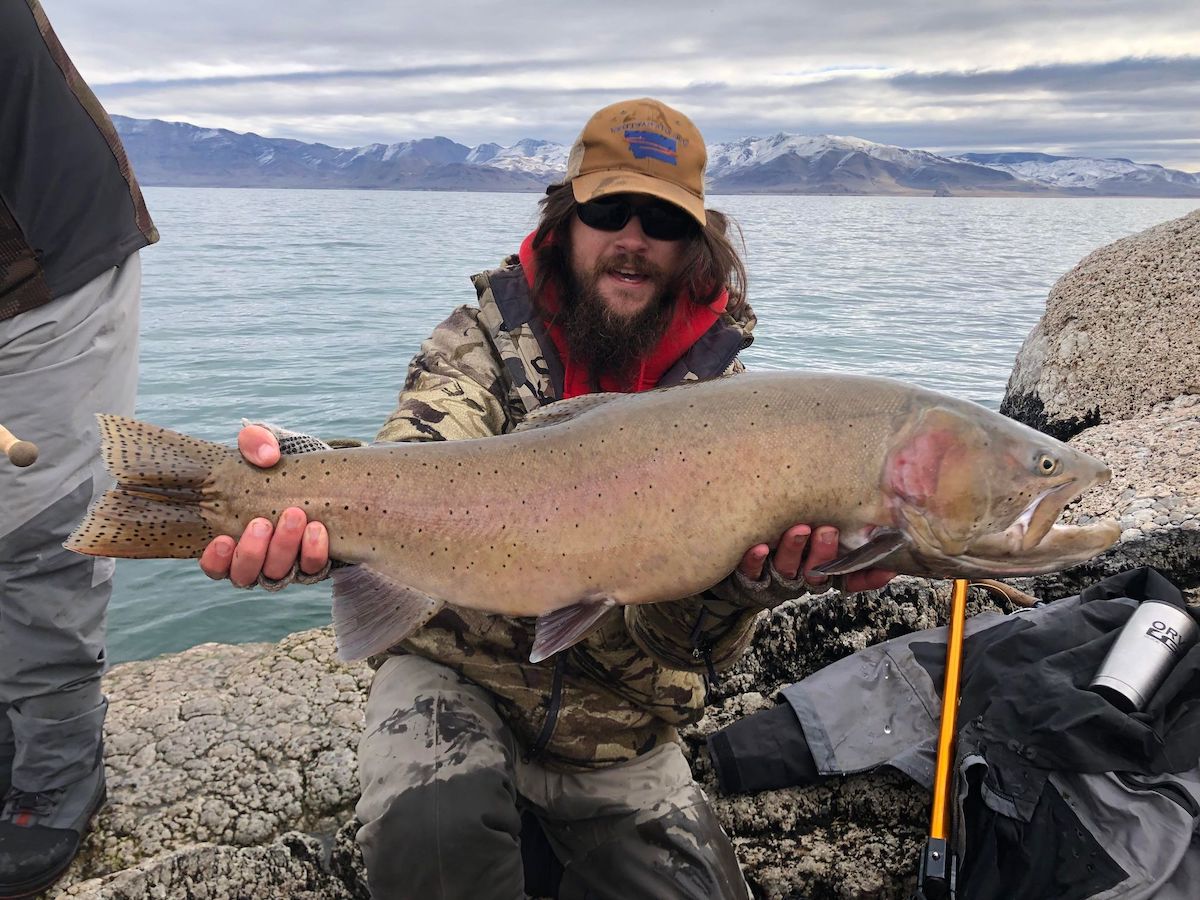
The Land of Giants: Pyramid Lake, Nevada With the arrival of winter, many trout anglers begin to fantasize about heading to the Southern Hemisphere and places like Patagonia and New Zealand to land a truly monumental trout. But getting to those locations can cost an arm and a leg. For the winter trout angler on a budget, there’s another, much less costly option–Pyramid Lake, Nevada.
Situated just outside of Reno, Pyramid is a 125,000-acre lake home to some of the largest trout in the world, the Lahontan cutthroat. These massive fish can reach sizes up into the 40-pound range and are easily caught either from a boat or along the shore of the lake during a season that runs from October to June. Fishing Pyramid is simple: you just need to cast the right lure or fly as far as you can from shore and then retrieve it slowly or leave it suspended under a bobber. It only takes a bit of patience and a lot of luck for one of the monster Lahontans to come along and smash it, giving you a chance to perhaps land the biggest trout of your life.
The area around the lake has a ton of public access thanks to the Pyramid Lake Paiute Tribe who protect and manage the areas around the lake for fishing access. A three-day fishing license for Pyramid costs $62 and there are several hotels and camping sites in the area that range from $25 to $200 dollars a night. All in all, you can have six days fishing for giant trout for as little as $600.
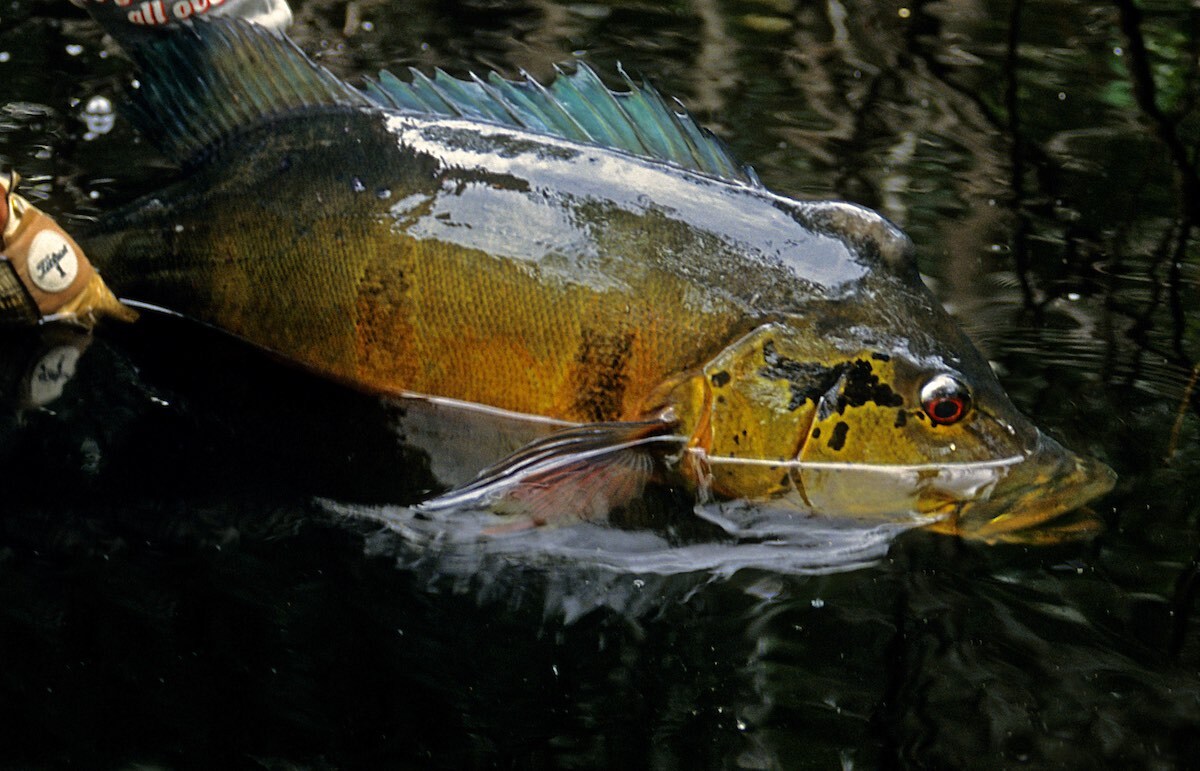
Getting Smashed: Peacock Bass in South Florida Peacock bass are just about the fastest-striking, hardest-fighting, and most beautiful fish in freshwater. Just saying the name of these fish causes anglers to start fantasizing about long exotic trips to the Amazon that they might never actually afford. But, if catching a peacock bass is your dreams, you don’t have to travel so far to catch them. There are plenty of peacock opportunities on home soil, swimming feral in the waters of South Florida. Joe Cermele believes that traveling down to Florida for peacocks is a trip that every angler should do.
“I've written in the past that South Florida peacock bass should be something every American angler chases before he or she heads off to the big pond in the sky,” Joe said. “Pound for pound, I don't know if there's a freshwater fish you can target with bass gear that fights as hard. I'm a diehard smallmouth guy, but even they don't scrap like peacocks.”
Although the backdrop may not have the same mystique as the Amazon, Florida offers a plethora of locations to target peacocks.
“People ask me about chasing them around Miami. They're hoping for specific spots, but the reality is those fish are everywhere down there and there is no shortage of public access. You can walk canals for miles and hop to different culverts and drainage ditches all day long. One of the biggest peacocks I ever caught in public water was behind a chain grocery store,” Joe said. “If you want peace and quiet, go explore on the outskirts of town along the edge of the Everglades. But if you love an urban adventure, stick within the city limits. In my experience, the people have been friendly, and I've had some of the best Cuban food of my life at small mom-and-pop restaurants nestled in the neighborhoods where peacocks swim.”
There are dozens of inexpensive campgrounds and hotels in South Florida to choose from. With a little bit of research and some ingenuity, any angler can have a fantastic peacock adventure for around $500.

Flats in the Farmland Wandering flats of the Florida Keys or Belize is a costly dream for many anglers. Yet if it’s something you just can manage to pull together, why not try looking a little further north? Along the North Shore of Lake Michigan are miles and miles of sandy beaches and shallow, hard-bottomed coves that provide some of the best flats fishing on the planet.
While you may not be pursuing vaunted saltwater flats species like permit, bonefish, or barracuda, the flats of Lake Michigan are chock-full of their freshwater counterparts like carp, smallmouth, and northern pike.
Just like on the tropical flats you’ve always fantasized about, the flats of the North Shore are all about sight fishing and making perfect casts with a fly or lure to large, ominous shadows. According to Kevin Morelock of Indigo Guide Service, who guides the flats around Beaver Island, the vastness of Lake Michigan and the size of the flats make the venture almost identical to saltwater flats fishing, with one major difference.
“If you’re after bonefish or permit, a good day may mean getting between 20 and 50 shots at a fish,” Morelock said. “The amount of shots you’ll get at fish up here is unparallel to any other flat fishing situation. We’re talking 75 to 200 shots a day. Between May and July, we’re talking about a ‘quantity of quality fish.’ I mean, we cast small flies for 30-pound carp, and you’re almost guaranteed a 5-pound smallie on a popper in June. We have pike just around the 40-inch mark coming up on the flats, and if you pair that with sight fishing, it’s pretty cool. That’s just pretty damn stellar flats fishing right there.”
There is an absolute myriad of campgrounds along the North Shore along with a couple dozen inexpensive hotels. If they’re creative, a North Shore flats angler can get up there and fish their heart out for around $300.
Live the Dream While the budgets on these trips don’t include the airfare, gas mileage, or the price of the gifts you’ll have to buy for your spouse to make up for taking off fishing for a week, they’re all still comparatively affordable. If you’re thrifty enough to sleep in your tent and eat instant mashed potatoes and wild game or fish, they can be even cheaper. In the end, it’s your adventure and you can fish it however you choose.
*Images via Jackie Bowman, Tosh Brown, Oliver Ngy, Robert Chiasson, Sam Lungren, and the author. *





